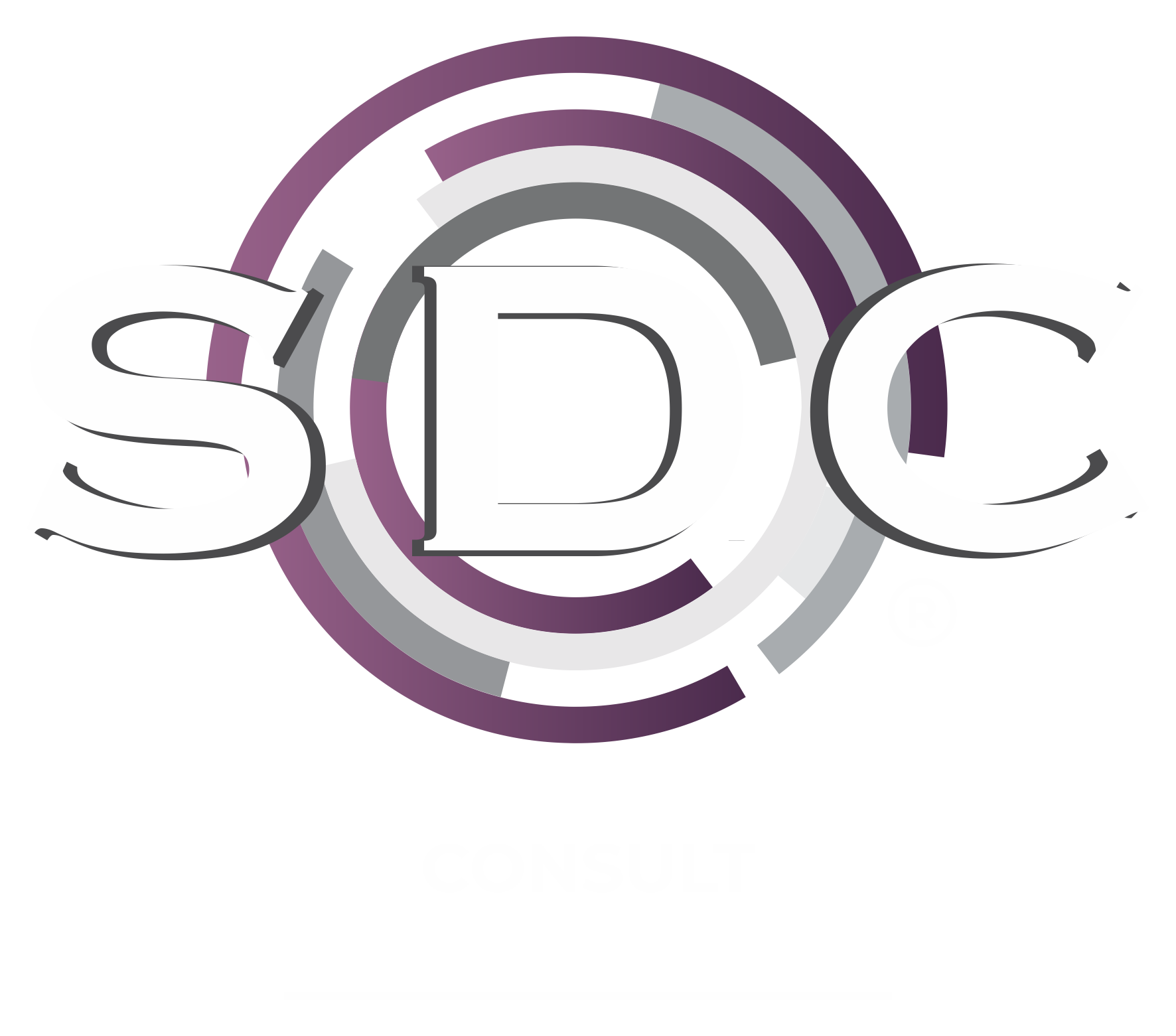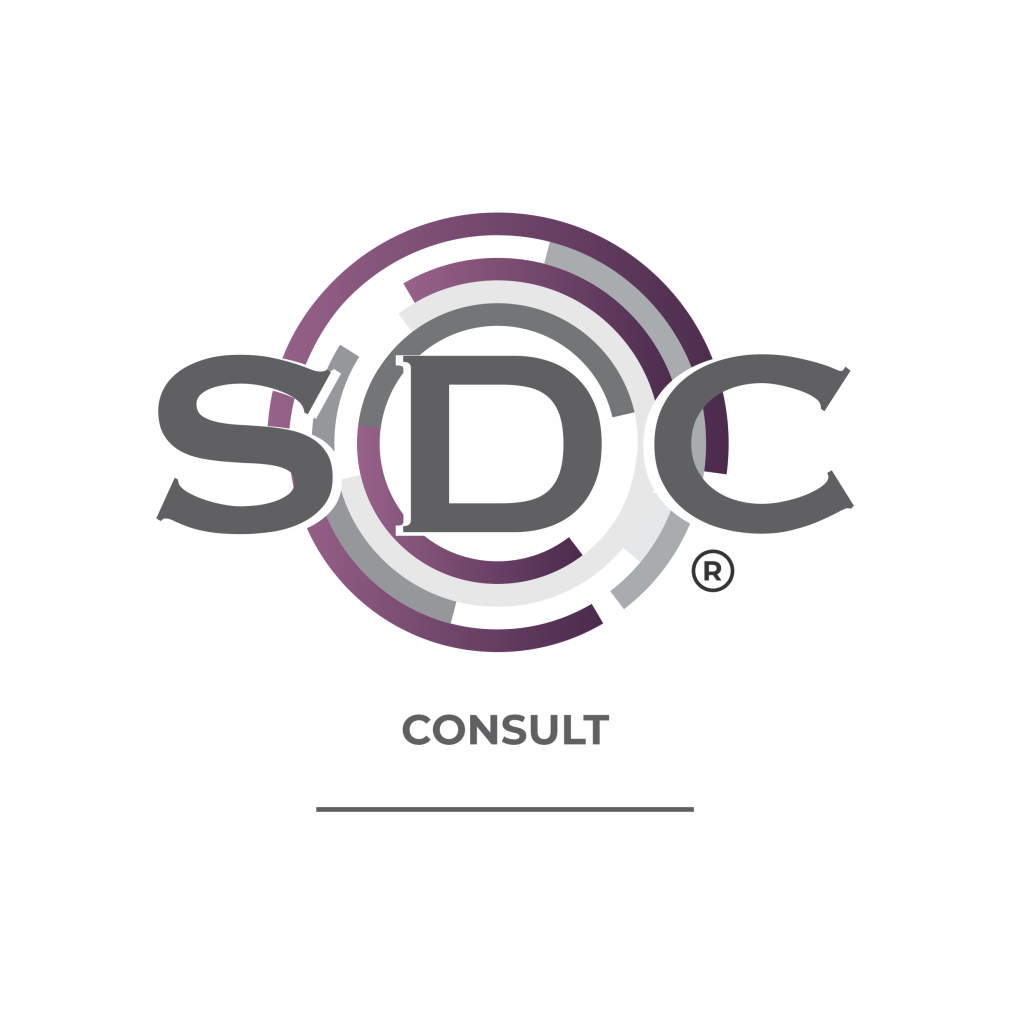
-
SDC Consult > Short Courses > Computers In The Workplace
Computers In The Workplace
Certification:
Received upon successful completion of the course.


Computers In The Workplace
Computers in the workplace training is a program or initiative designed to educate employees on how to effectively and efficiently use computers and related technologies as part of their job responsibilities. This type of training is crucial in modern workplaces where computer usage is pervasive and where many tasks are performed electronically.
The goal is to empower employees with the skills and knowledge needed to use computers effectively in their daily work, ultimately enhancing productivity and contributing to the success of the organization.

Course Index
- What is a computer
- Operation system
- How to select or highlight multiple files and folders
- The desktop
What can be learned.
Basic Computer Skills:
This training often starts with the fundamentals, such as how to turn on and shut down a computer, use a keyboard and mouse, and navigate the operating system (e.g., Windows, macOS).
Software Applications:
Employees learn how to use common software applications relevant to their job roles. This may include word processing software (e.g., Microsoft Word), spreadsheet software (e.g., Microsoft Excel), presentation software (e.g., Microsoft PowerPoint), email clients, and web browsers.
File Management:
Training covers the organization and management of files and folders, including creating, saving, and retrieving documents.
Internet and Online Resources:
Employees are taught how to effectively browse the internet, conduct online research, and use web-based tools and resources.
Email and Communication Tools:
Training may include email etiquette, using email clients, and utilizing communication and collaboration tools like Microsoft Teams, Slack, or Zoom.
Cybersecurity Awareness:
Employees are educated about cybersecurity best practices, including recognizing phishing emails, using strong passwords, and safeguarding sensitive information.
Data Privacy:
Training may cover data privacy regulations and the importance of protecting personal and sensitive data in compliance with applicable laws.
Custom Software and Tools:
In some cases, employees may need training on industry-specific or custom software applications and tools relevant to their job roles.
Troubleshooting:
Employees learn how to troubleshoot common computer issues and seek help when technical problems arise.
Productivity Tips:
Training often includes tips and tricks to enhance productivity, such as keyboard shortcuts, time management techniques, and efficient use of software features.
Accessibility and Inclusivity:
Promoting accessibility and inclusivity is important. Training may cover making digital content accessible to individuals with disabilities.
Upgrades and Updates:
Employees are educated about the importance of keeping software and systems up to date to ensure security and functionality.
Remote Work Tools:
Given the increase in remote work, training may include using remote work tools like VPNs, virtual meetings, and cloud-based collaboration platforms.
Available Platforms:
- Face-to-face at one of our training venues.
- Online via Microsoft Teams.
Check-in time is at 8:15, introduction starts at 08:30 to 09:00am
Course Includes:
Tea, coffee, cookies, 2 sweets, water, pen, manual and a light snack for lunch. The courses usually end around 13:00 depending on the size of the company as well as the number of questions during the course.
Break Times:
There will be a break at 10:30 that includes tea, coffee, and a muffin. The course will commence at 11:00 to 13:00.
